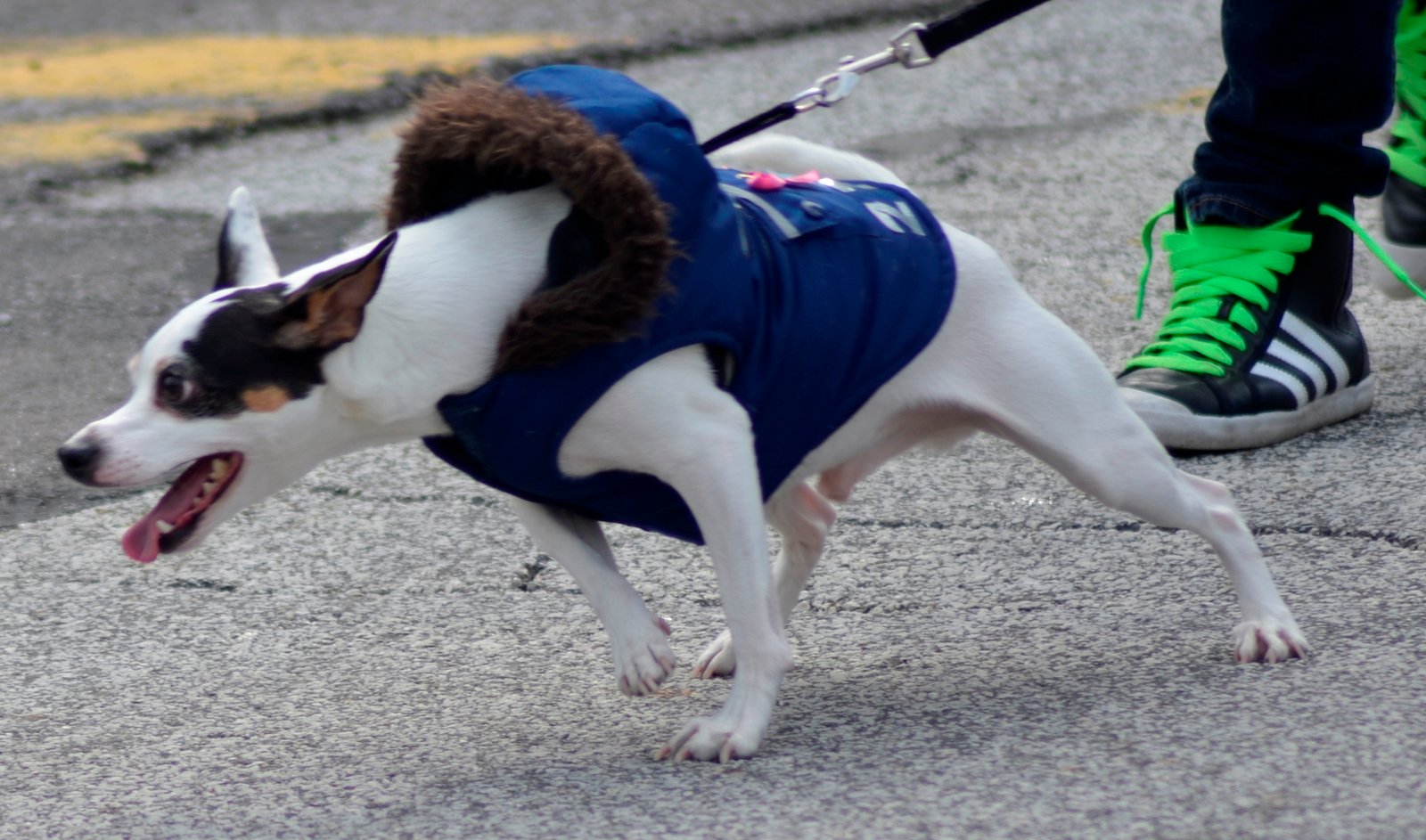Ever found yourself apologizing for your dog’s wild antics—again? Maybe your pup’s barking sends guests running, or their stubbornness makes walks feel like marathons. It’s normal for dogs to act out sometimes, but what if those quirky habits start feeling like a daily battle? You’re not alone if you sometimes wonder, “Is my dog’s behavior totally off the rails?” Let’s dive into the telltale signs that your dog’s behavior issues may be more serious than you thought, and how you can lovingly get things back on track.
Barking That Never Seems to Stop
If your dog barks at every leaf, visitor, or shadow, it’s more than just a “chatty” personality. Persistent barking can signal stress, boredom, or even fear, especially if it lasts for minutes—or hours—without a clear reason. You might notice your dog gets especially vocal when left alone or when anyone approaches your home.
This constant noise isn’t just tough on your ears. It can strain relationships with neighbors and make outings stressful. Try to spot patterns: is there a trigger, like the mail carrier or other dogs? Understanding the cause is the first step toward helping your pup—and finding some peace and quiet for yourself.
Destructive Chewing That Wrecks Everything
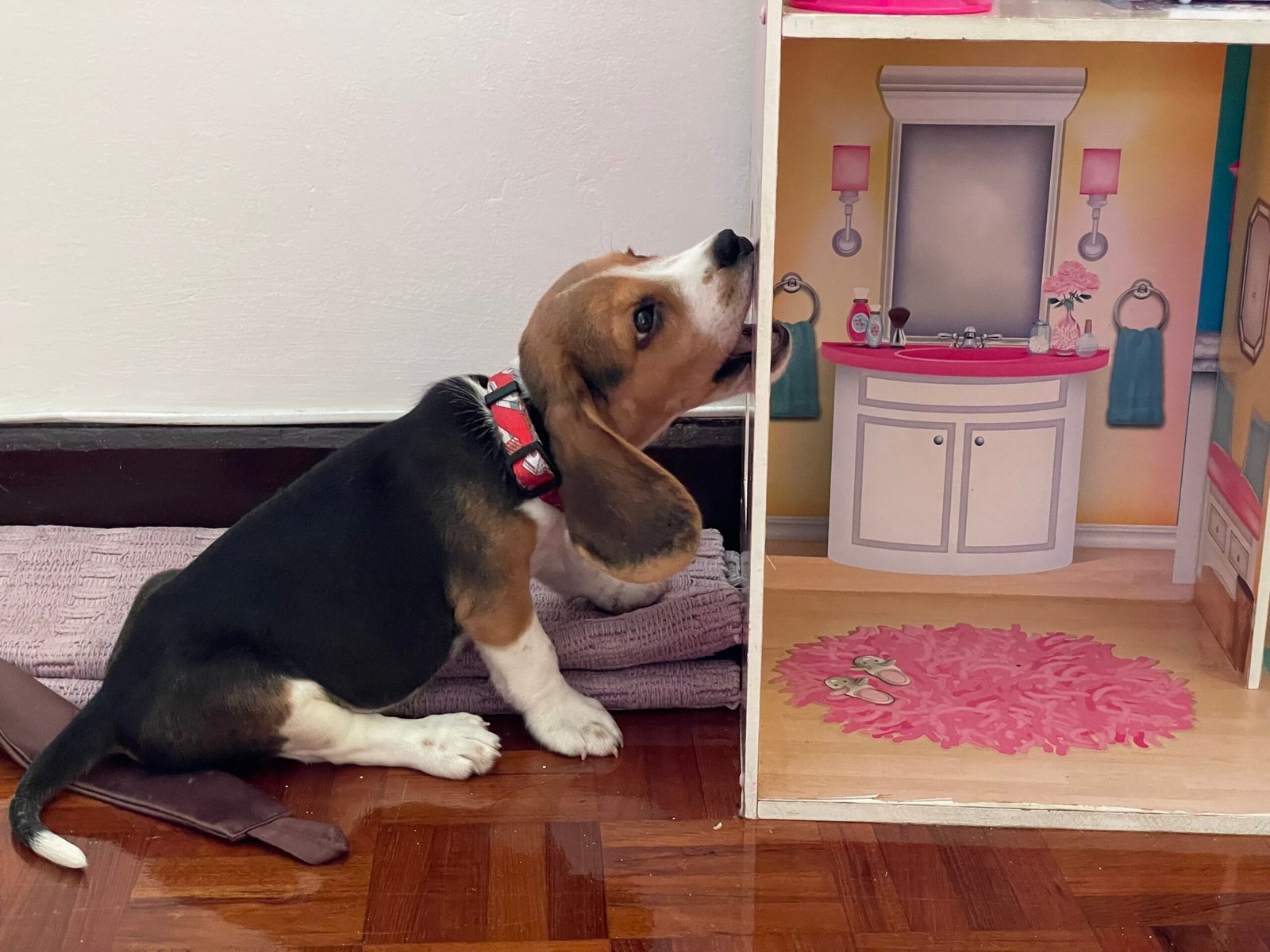
Chewed-up shoes and shredded furniture are more than just “puppy mischief” if your dog is well past the teething stage. Destructive chewing is often a cry for attention, a sign of anxiety, or simply boredom gone wild. Dogs need outlets for their energy, and if they don’t get enough stimulation, your couch will pay the price.
You might come home to find a pillow exploded or gnawed table legs, even after a walk. This isn’t just frustrating; it can be dangerous if your dog swallows something harmful. Making sure your dog has plenty of appropriate chew toys and enough exercise can go a long way toward curbing this behavior.
Aggression Toward People or Other Dogs
It’s a heart-stopping moment when your friendly dog suddenly growls or snaps. Aggression isn’t just scary—it’s a sign that something deeper is wrong. Maybe your dog gets tense around strangers, or bristles when another dog comes near. If you frequently have to separate your dog from others to avoid a fight, it’s time to take action.
Aggression can stem from fear, pain, or a lack of socialization. Watch for warning signs: stiff body language, a fixed stare, or a low growl. Early intervention with a behaviorist or trainer is crucial to prevent someone from getting hurt and to help your dog feel safe.
Relentless Digging in the Yard or House
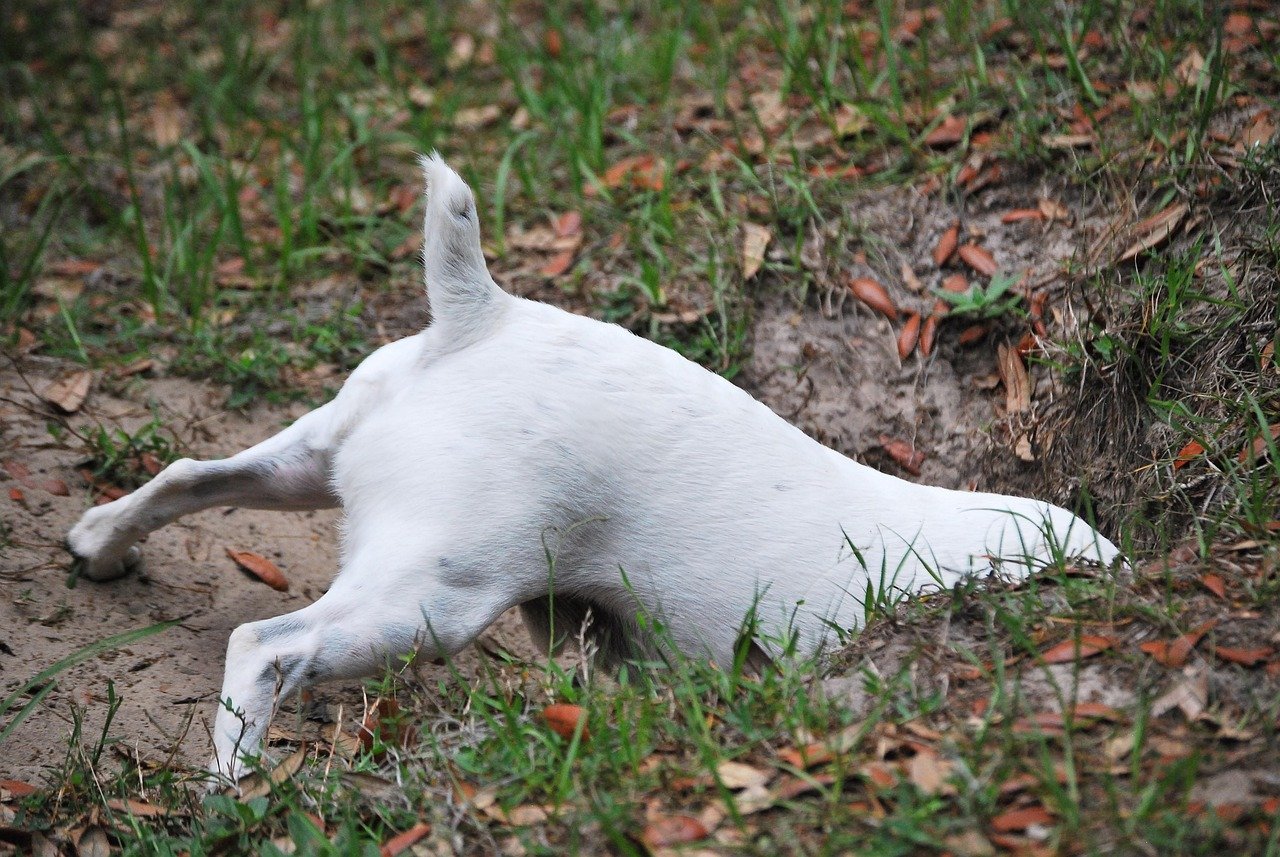
If your backyard looks like a lunar landscape, your dog’s digging has likely crossed the line. Some breeds are natural diggers, but obsessive burrowing can ruin gardens, fences, and even flooring if it happens indoors. Dogs often dig out of boredom, instinct, or to escape the yard.
Try to notice when your dog is most likely to dig. Are they left alone for long periods? Or does digging seem to be a way to cope with stress? Providing a designated digging area or more interactive play can help redirect this energy before your yard turns into a construction site.
Ignoring Commands and Zero Recall
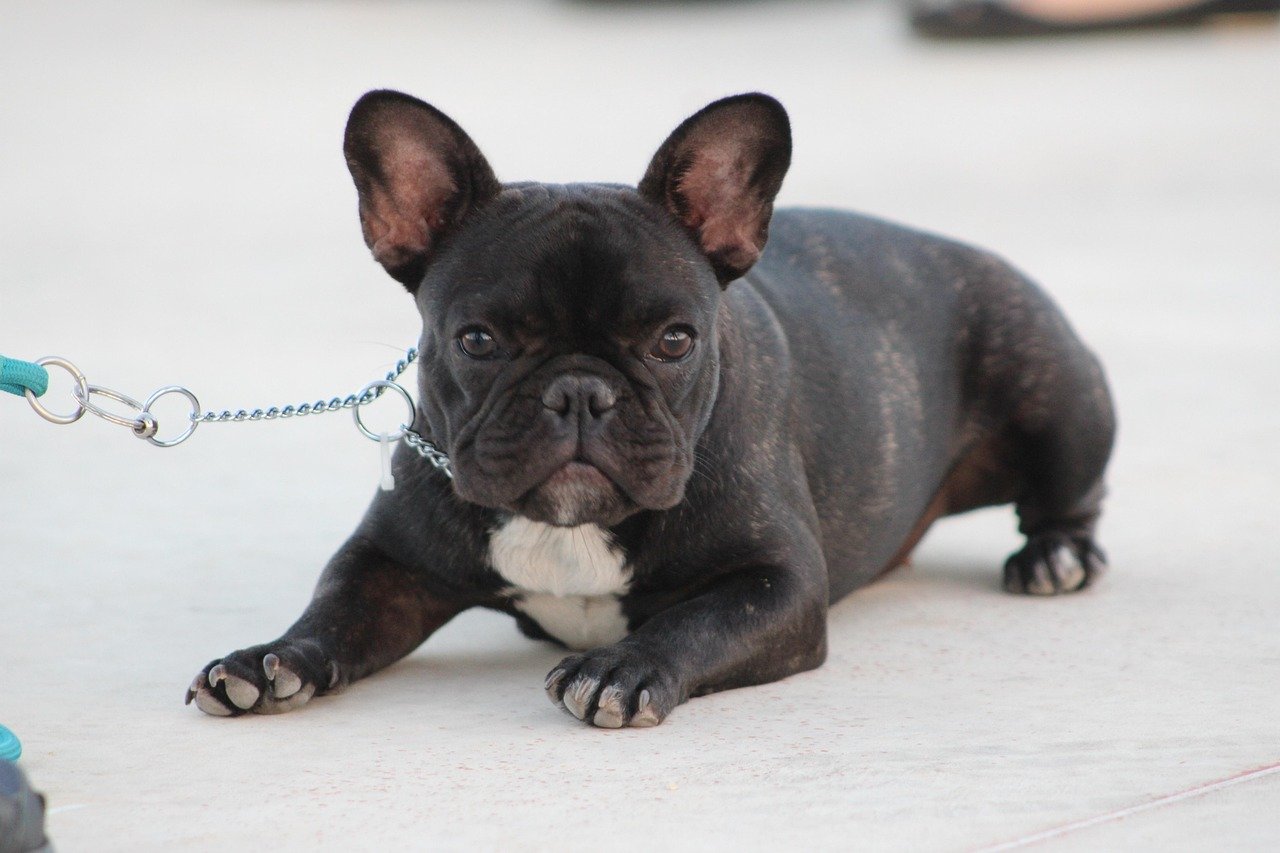
Calling your dog and having them bolt in the opposite direction isn’t just embarrassing—it can be dangerous. If your dog consistently ignores basic commands, it could mean they don’t respect boundaries or haven’t learned to focus. This becomes a real problem if your dog darts into traffic or won’t heed your call at the park.
Some dogs get so caught up in distractions that your voice becomes background noise. Consistent training with positive rewards, patience, and short, focused sessions can help reinforce good habits. Remember, recall is a lifesaver, not just a party trick.
Separation Anxiety That Wreaks Havoc
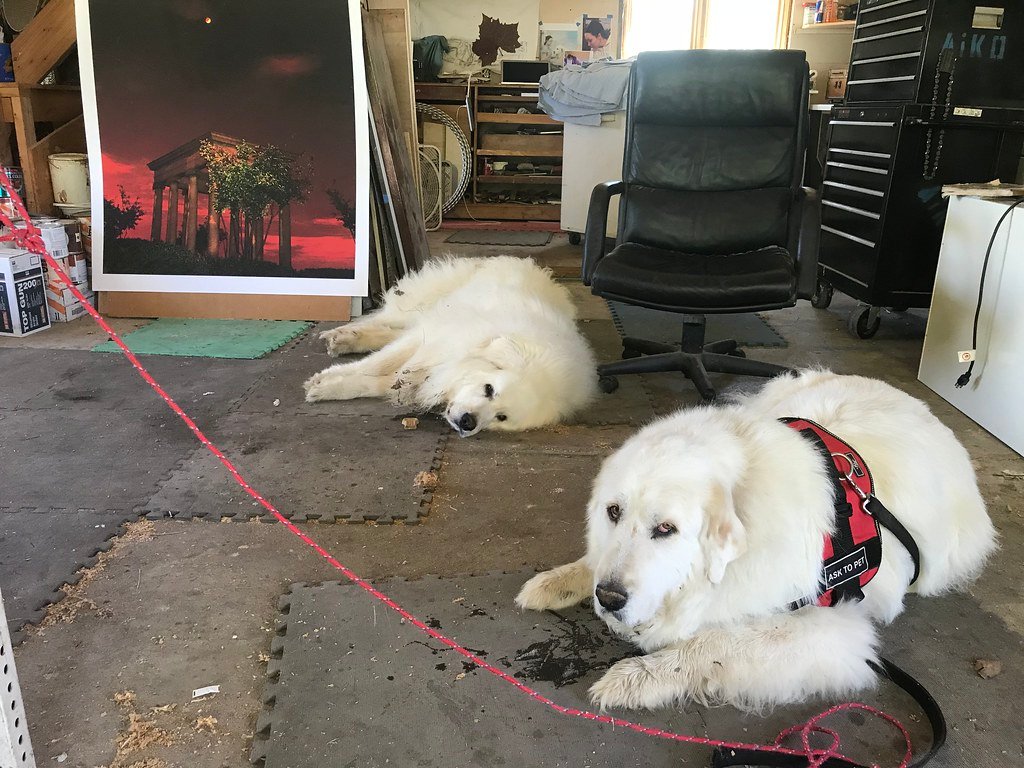
If your dog destroys the house, howls, or has accidents every time you leave, separation anxiety might be at play. These behaviors aren’t just “acting out”—they’re signs your dog is genuinely distressed by your absence. They may pace, drool, or even try to escape through doors or windows.
Separation anxiety can develop suddenly, often after a change in routine or family dynamics. Leaving your dog alone for shorter periods, using puzzle toys, or even calming music can help. For severe cases, a vet or trainer can offer more tailored solutions.
Resource Guarding That Causes Fights

Does your dog snarl or snap when someone approaches their food, toys, or even you? Resource guarding isn’t just about being possessive—it’s often rooted in insecurity. This behavior can escalate quickly into fights, especially in multi-pet households, and even result in bites.
Early signs include stiffening, growling, or blocking access to prized items. Teaching “trade” or “leave it” commands, and practicing positive reinforcement around food and toys, can help reduce the tension. It’s important to address this before it becomes a bigger safety issue.
Uncontrollable Leash Pulling and Lunging

Walks shouldn’t feel like water-skiing behind your dog. If your dog drags you down the street, lunges at every person or animal, or ignores your attempts to regain control, it’s a sign of poor leash manners. This can make daily outings a dreaded chore instead of a bonding experience.
Dogs pull for many reasons: excitement, lack of training, or simply to get somewhere faster. Using a front-clip harness and practicing loose-leash walking can make a huge difference. Short, frequent walks with plenty of treats can help reinforce calm behavior.
Frequent Accidents Despite House Training
If your house-trained dog starts having regular accidents indoors, it’s a red flag—especially if they’re not a puppy. Medical issues like urinary tract infections or stress can trigger this, but sometimes it’s a sign of unresolved behavior problems. Dogs may also mark territory or act out when routines change.
Keep track of when and where accidents happen. If there’s no medical cause, it might be time to revisit basic house training with frequent potty breaks and lots of praise. Consistency is key, and patience goes a long way in helping your dog relearn good habits.
Obsessive, Repetitive Behaviors
Does your dog chase their tail for minutes on end, lick the same spot raw, or bark at invisible things? Obsessive or compulsive behaviors can look cute at first, but they’re often signs of underlying stress or health issues. These actions can escalate quickly if left unchecked.
Pay attention to patterns and triggers. These behaviors may develop after trauma, lack of stimulation, or even boredom. Offering more mental enrichment, like puzzle toys or scent games, can help break the cycle and keep your dog engaged in healthier ways.

Esther is from India; the heartbeat of South Asia, holding a Master’s degree in Zoology and a postgraduate diploma in Animal Welfare. Her enthusiasm for animal welfare drives her passion and dedication to working for animals, ensuring their well-being, and advocating for their rights. With a solid academic background and hands-on experience, she is committed to making a positive impact in the field of animal welfare. In her free time, she enjoys embroidery and sewing. As a Chennaite from Tamil Nadu, Esther loves Bharathanatyam, an Indian classical dance form.

